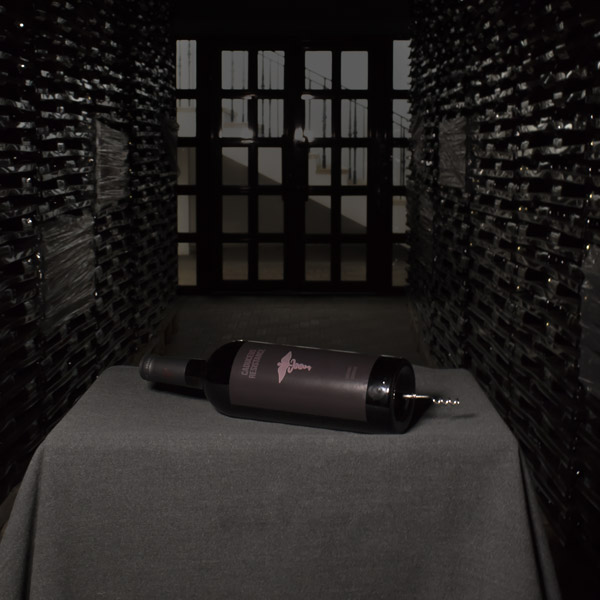At the Golubitskoe Art Residency, Mikhail worked on the Caduceus Resistance project that was built around projecting public structures on wine production.

‘The cultures and civilisations that replaced one another on the Taman Peninsula, fervently and tragically erasing all references to the past, can be compared to the caduceus, the medieval symbol of alchemy and trade that originated in ancient culture, which left its mark on the history of the region.
My work intertwines them with winemaking technologies, blurring the line between the tools and the purpose, matrix and content, the past and the future so that we could critically assess and reconsider the progressive chain, the project of modernism itself, where without the present is impossible without what came before.’
In the course of his residency, Mikhail came up with another project, Abortive Archeology.
‘During my residency at the Golubitskoe Art Foundation, I visited a number of archaeological museums in Taman. In addition to the valuable knowledge about the history and peoples that inhabited the peninsula, I would like to raise the issue of the beneficial possibility of not discovering certain archaeological sites.
Oftentimes, scientists regard the discovery of an ancient object as a success, and from this moment on starts the selfless process of "rescuing" the object, which otherwise would have still been inside the earth, safely tucked in the soil. Some museums, for example, the Archaeological Museum in Anapa, owe their entire existence to successful discoveries (e.g. the frescoes from the crypt of Hercules that was found in 1974 were cut out and transferred to the national museums, while the stones from the crypt have been piled up in a heap near the embankment on the museum’s premises for the past forty years).
I would like to raise the issue of the relevance of the extraction of architectural monuments, given the rapid development of analysis technologies, digital scanning, DNA tests, etc. To this end, I have made a three-part video, in which I compared archaeological work with the work of an obstetrician removing a fetus ahead of time and using medical instruments designed to destroy it. In this work, I conducted 3D scanning of the finds from the main archaeological museums of Taman and also used footage of the most short-lived archaeological finds – children's sandcastles on the beaches of the Sea of Azov.’
As part of his residency, Mikhail hosted a meeting at the Typography Center for Contemporary Art, where he spoke about his projects, terminal ballistics and his residency at the Golubitskoe Art Foundation.
More information about the artist's works can be found on his website http://dying.fun/

